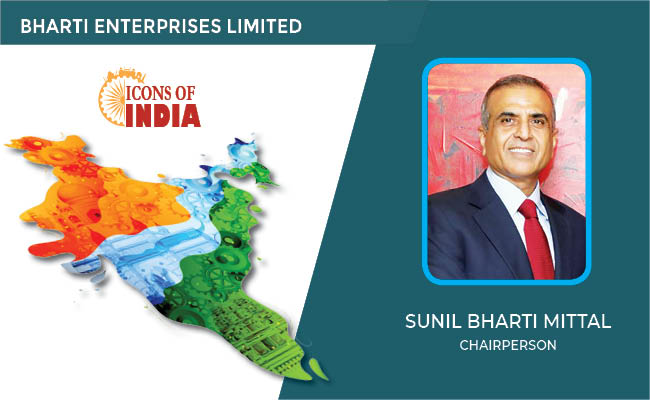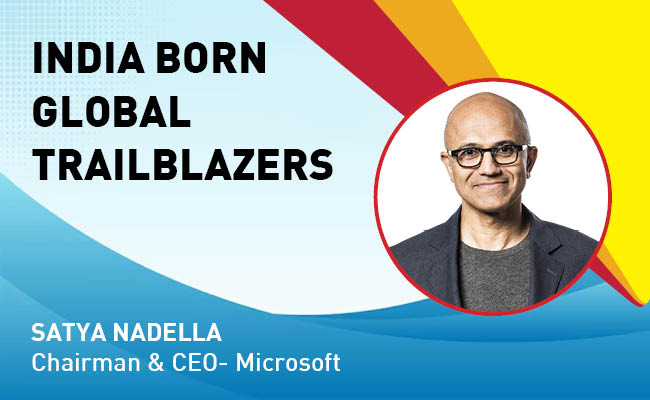600% increase in malicious emails during Covid-19 crisis
By MYBRANDBOOK

India’s digital economy has the potential to reach $1 trillion by the year 2025. This highlights that 5G is going to be the potential enabler for the next wave of industry growth. Organizations are required to prepare their IT infrastructure and data management strategy for addressing the massive amount of data generated from the IoT devices.
The short-term challenge is about the increase of cybercrime which has risen to 600% with malicious emails amid Covid-19 and the crisis is moving the world toward increased technological innovation and online collaboration. There have also been worrying reports of cyber attacks against health care organizations and medical research facilities worldwide. This is because of the growing digital dependency that has increased the vulnerability to cyberattacks, and it is estimated that one such attack takes place every 39 seconds.
The current pandemic has changed the way we work and this looks set to remain the case for the long-term at the very least. Changes in behaviour due to lockdown restrictions have caused measurable changes in the usage of both fixed and mobile networks. The largest share of the traffic increase has been absorbed by fixed residential networks, which has experienced a 20-100 percent growth. But many service providers also noticed a spike in demand on their mobile network.
Even with the changing landscapes, organisations today are seeking out solutions that can help them gain a foothold in the post pandemic future. The current global scenario has seen more public and private organisations across the developing countries are moving towards implementing AI & RPA solutions to assist in business functionality.
While Indian organizations have shown improvement in terms of their cyber resiliency by hiring skilled professionals and overall planning, there needs to be a lot more to be done to manage the dynamic cybersecurity landscape. Organizations need to look at testing their cybersecurity incident response plan regularly and leverage technologies like Automation, Cloud, AI, and interoperable solutions to help sail through any unforeseen situation against the emerging threats.
Technology is the key differentiator that helped organizations to become more cyber resilient, especially when it comes to tools that helped them resolve complexity. Secondly, we can’t deny the fact that more tools led to worse response capabilities. A report says, an organization using more than 45 different security tools on an average, and each incident they responded to required coordination across around 19 tools on average. However, the study also found that an over-abundance of tools may actually hinder organizations ability to handle attacks. Organizations have to manage risk while empowering business mobility by controlling access to applications and data across any location, network and device for increasing productivity for the modern workforce.
It is definitely a challenging time ahead for the IT and security leaders for reducing business risk to acceptable levels while ensuring ease of use and productivity, with the increasing demand on the agility, flexibility, while most the employees are working from home.


Nazara and ONDC set to transform in-game monetization with ‘
Nazara Technologies has teamed up with the Open Network for Digital Comme...

Jio Platforms and NICSI to offer cloud services to government
In a collaborative initiative, the National Informatics Centre Services In...

BSNL awards ₹5,000 Cr Project to RVNL-Led Consortium
A syndicate led by Rail Vikas Nigam Limited (abbreviated as RVNL), along wi...

Pinterest tracks users without consent, alleges complaint
A recent complaint alleges that Pinterest, the popular image-sharing platf...


ICONS OF INDIA : SUNIL BHARTI MITTAL
Sunil Bharti Mittal is the Founder and Chairman of Bharti Enterprises,...

Icons Of India : Girish Mathrubootham
Girish Mathrubootham is the Founder of Freshworks (previously known ...

Icons Of India : ASHISH KUMAR CHAUHAN
Ashish kumar Chauhan, an Indian business executive and administrator, ...


ECIL - Electronics Corporation of India Limited
ECIL is distinguished by its diverse technological capabilities and it...

TCIL - Telecommunications Consultants India Limited
TCIL is a government-owned engineering and consultancy company...

PFC - Power Finance Corporation Ltd
PFC is a leading financial institution in India specializing in power ...


Indian Tech Talent Excelling The Tech World - AJAY BANGA, President - World Bank
Ajay Banga is an Indian-born American business executive who currently...

Indian Tech Talent Excelling The Tech World - Thomas Kurian, CEO- Google Cloud
Thomas Kurian, the CEO of Google Cloud, has been instrumental in expan...

Indian Tech Talent Excelling The Tech World - Satya Nadella, Chairman & CEO- Microsoft
Satya Nadella, the Chairman and CEO of Microsoft, recently emphasized ...